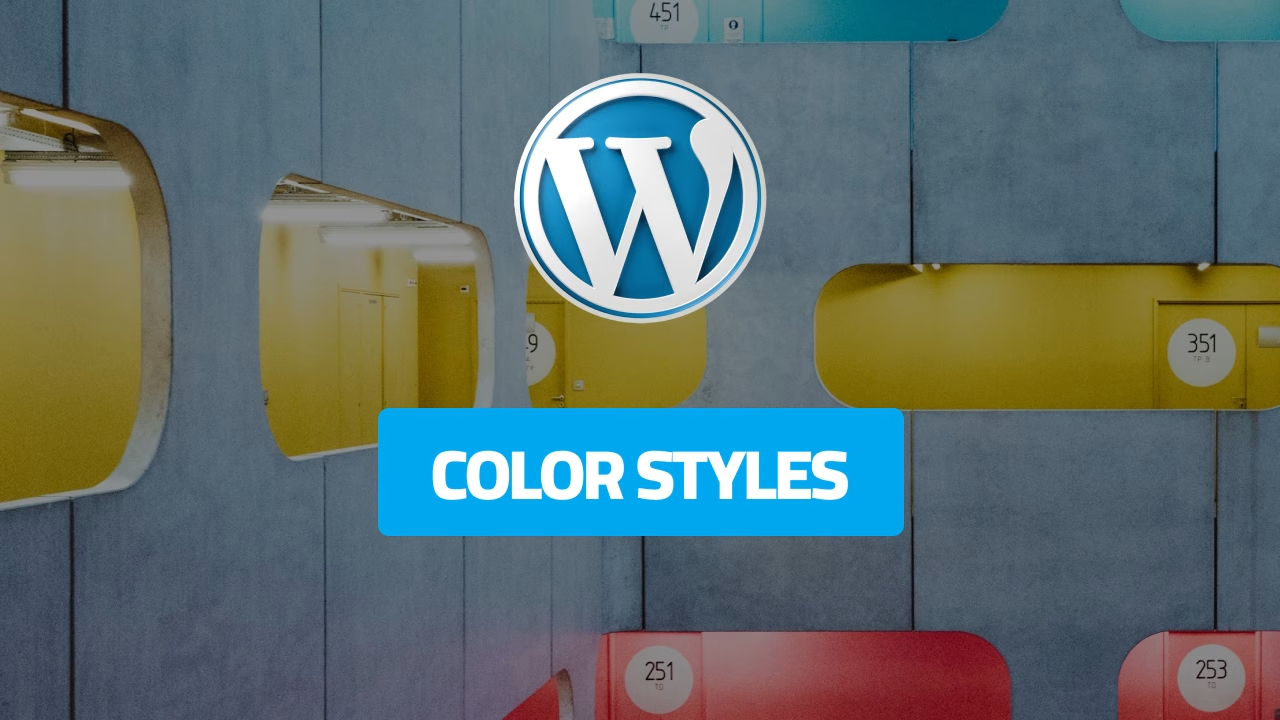This article is part of a series designed to provide a beginner-friendly overview of UX design, primarily drawing insights from Jesse James Garrett’s book, ‘The Elements of User Experience: User-Centered Design for the Web.‘
Before you start planning product functionalities, it’s worth reading our Complete Guide to Becoming a UX Designer to understand the key steps in the UX process.
In our previous article, ‘Simplified User Experience (Part 2): Understanding the Strategy Plane and User Research‘ we introduced the first of the five planes, known as the strategy plane.
Here is a summary of the five planes framework:
- Strategy Plane: This is where we define project goals and user needs.
- Scope Plane: It specifies features, functionalities, and content.
- Structure Plane: Focuses on organizing information and user flow.
- Skeleton Plane: Deals with interface design and layout.
- Surface Plane: Involves visual design and aesthetics.
Together, these planes guide the creation of user-friendly and effective products.
In this article, we will closely examine the Scope plane, which is the second component of the five planes framework. As we delve into this topic, we will explore how to plan a product’s functionality and content.
If you missed any of the articles in the Simplified User Experience series, you can find them here:
Simplified User Experience (Part 1): From Complexity to Clarity
Simplified User Experience (Part 2): Understanding the Strategy Plane and User Research
The Scope Plane
In The scope plane we ask the following “What are the specific features, functionalities, and content elements that need to be included in the product?”
This transition from strategy to scope happens when we translate user needs and product objectives into precise requirements for the content and functionality that the product will provide to users.
Functionality and Content: Building the Foundation
Functional specifications and content requirements are essential tools used to define the scope of a project. They help in setting clear boundaries for what a digital product or software will do and what information it will contain.
Functional Specifications: The Blueprint for Features
Functional specifications act like a detailed plan for the digital features and capabilities of a website or application. Imagine it as a blueprint for designing a physical store. For instance, if we’re talking about an online store, functional specifications would outline how features like product search, shopping cart management, and secure payment processing will work. Just as you’d plan the layout and purpose of rooms in a physical store, these specifications detail how digital features will enhance the user’s experience.
Content Requirements: Shaping Information Flow
Content requirements, on the other hand, dictate what information or content will be available on the website. In the case of our online store, this means specifying details like product descriptions, prices, images, customer reviews, and any other relevant information. Think of it as deciding which products to display and how to arrange them in a physical store. Content requirements make sure that the online store provides all the necessary information for customers to make informed decisions.
The alignment of content and functionality requirements is crucial because it ensures a smooth and effective development process for the website. When these elements work together seamlessly, the website can offer users a pleasant and hassle-free experience while they shop.”
Putting Theory into Practice: Examples
Here are examples of functional specifications and content requirements for an online store website:
Functional Specifications:
- User Registration and Login: Users should be able to create accounts with a username and password.
- Product Search Functionality: The website should have a search bar to help users find products.
- Shopping Cart Management: Users should be able to add and remove items from their shopping carts.
- Secure Payment Processing: The website should securely process payments for orders.
- Order Tracking: Users should be able to track the status of their orders.
Content Requirements:
- Product Descriptions: Each product should have a detailed description.
- Product Images: Each product should have high-quality images.
- Customer Reviews: Users should be able to leave reviews for products.
- Pricing Information: Pricing for each product should be clearly displayed.
- Shipping and Return Policies: The website should have clear shipping and return policy information.
Product planning is a crucial part of UX design. Make sure to continue refining your skills by revisiting our Complete Guide to Becoming a UX Designer.
Conclusion
By understanding and effectively implementing the Scope Plane’s principles, we can craft digital experiences that cater to both user needs and organizational objectives, all while ensuring a seamless development process.
In the upcoming articles in this series, we’ll continue exploring the five planes framework of UX design. Stay tuned for the next articles as we dive deeper into the intricacies of user experience design, making it more approachable and understandable for beginners.




